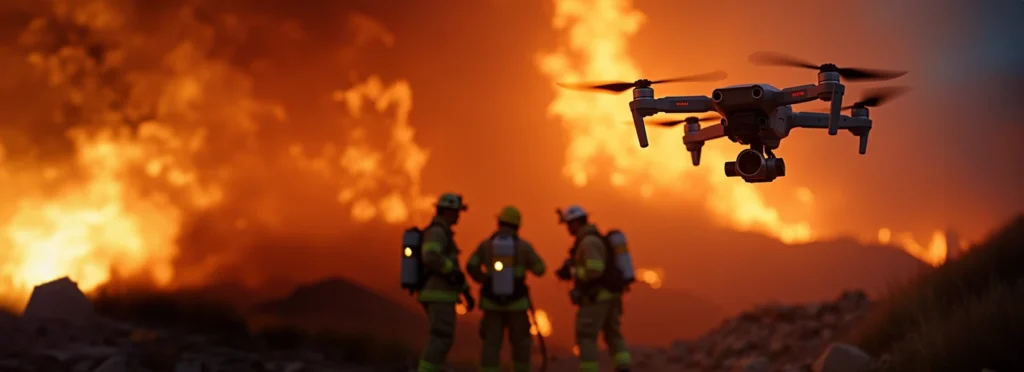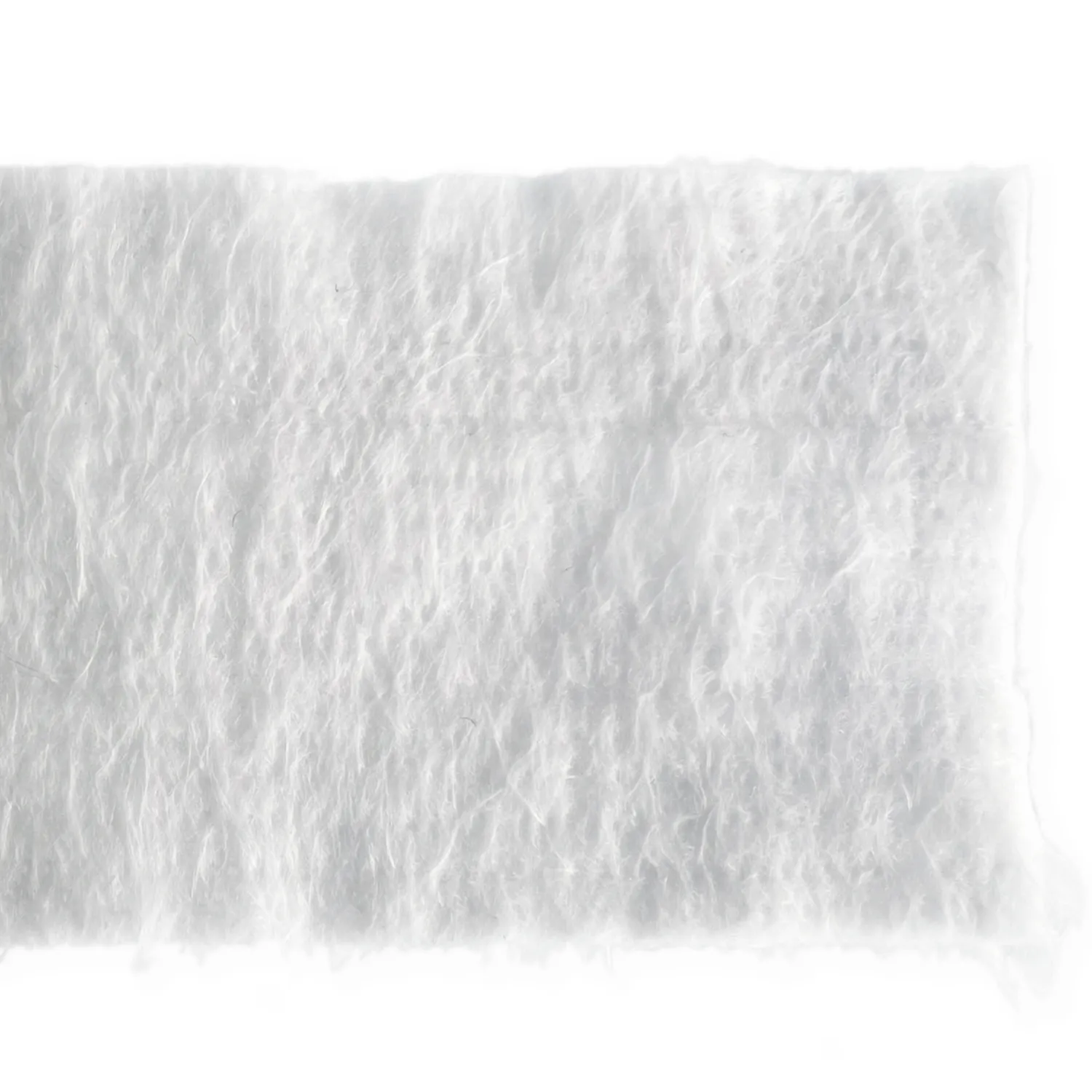
The Ongoing Threat of California Wildfires
California wildfires have become alarmingly frequent, fueled by prolonged droughts, extreme heat waves, and strong seasonal winds. These catastrophic events often leave communities grappling with widespread property damage, displacement, and heartbreaking losses of life. In recent news, the term “miracle house” has surged to popularity, highlighting how certain structures remain unscathed despite raging wildfires. This phenomenon underscores the vital role of fire-resistant materials, stricter building codes, and community-driven prevention measures.
See the complete thermal datasheet by clicking here: Thermal Break Felt

Table of Contents
A Miracle in the Fire: The House That Remained Unscathed
One of the most compelling stories in the wake of recent California wildfires is that of a home that stood untouched while neighboring properties were reduced to ash. Media outlets quickly labeled it a “miracle,” but a closer look revealed a meticulously planned defense system. The homeowner had invested heavily in fireproof construction techniques, incorporating fire-resistant roofing, sealed eaves, and careful landscaping—often called creating a “defensible space.” Together, these measures formed an effective shield against flying embers and intense heat.
Though no single material or approach can guarantee total invulnerability, the combination of smart land management and robust fireproofing significantly raises the odds of survival. This house’s success story became a rallying point for architects, homeowners, and local governments eager to adopt similar strategies, reminding the public that sometimes the “best fire insurance” is investment in prevention rather than relying solely on post-disaster coverage.
Why Fire-Specific Building Codes Need an Upgrade
Even as California continues to refine its wildfire preparedness strategies, there is growing consensus that existing building and fire codes must evolve. Traditional regulations aim to prevent the rapid spread of fire but often overlook the extreme temperatures and sustained heat exposure characteristic of modern wildfires. Embers can travel miles ahead of the main blaze, igniting rooftops, decks, and other flammable surfaces almost instantaneously.
- Defensible Space Requirements: Current guidelines advise homeowners to clear vegetation and debris within at least 30 feet of a structure, but recent regulations and proposed upgrades extend this radius to 100 feet or more in high-risk areas.
- Fire-Resistant Roofing: Some cities now require Class A fire-rated roofing materials, such as tile or metal, which are better at resisting both flame and flying sparks.
- Sealing Vulnerable Entry Points: Building codes increasingly mandate the sealing of attic vents and crawl spaces with fine mesh screens to block embers.
Yet these steps alone cannot address the full scope of wildfire threats. Incorporating cutting-edge fireproofing products—like high-performance thermal blankets—represents the next logical step in comprehensive fire safety regulations.
AS17-s Thermal Blanket: A High-Efficiency Fireproof Material
Among the various fireproofing technologies on the market, AS17-s Thermal Blanket stands out for its exceptional performance. This material boasts an impressively low thermal conductivity of just 0.028 W/m*K, meaning it transfers heat at a significantly slower rate compared to conventional insulation. Even under extreme conditions exceeding 1000°C, AS17-s Thermal Blanket can maintain structural integrity for several hours, buying precious time for firefighters to intervene and limiting the spread of flames within wall assemblies or roofing systems.
- Unmatched Fire Resistance: Thanks to its high melting point and robust construction, AS17-s remains stable even under prolonged exposure to intense heat and flames.
- Superior Energy Efficiency: Its low thermal conductivity not only helps in fire scenarios but also reduces heating and cooling costs year-round, making it a dual-purpose investment for homeowners.
- Easy Installation: AS17-s Thermal Blanket is designed to be installed in walls, ceilings, and floors without requiring extensive structural modifications, allowing both new builds and retrofits to benefit from its properties.
The Best Fire Insurance Is Fire Prevention
Though property insurance can help cover the cost of rebuilding after a disaster, it does nothing to shield homeowners from the immediate dangers of losing personal belongings, facing temporary displacement, or worse. After all, no amount of money can fully compensate for the trauma and potential loss of life that wildfires can inflict. This is why investing in fire prevention measures is often touted as the best form of “insurance” in California.
- Regular Maintenance: Routinely clearing gutters, removing dry brush, and trimming overhanging branches is crucial.
- Choosing the Right Materials: Implementing AS17-s Thermal Blanket in key structural areas adds a formidable layer of protection against heat transfer and flame spread.
- Community Coordination: Neighborhood-wide strategies, such as shared defensible spaces and updated fire hydrant systems, enhance safety beyond individual properties.
Case Studies and Lessons Learned
Many regions in California have observed that homes incorporating multi-layered fireproof systems—ranging from specialized roofing to robust insulation—fare better when wildfires strike. The “miracle house” phenomenon isn’t luck; it’s the culmination of planning, materials research, and responsible housekeeping. In several case studies:
- Reduced Internal Temperatures: Properties outfitted with advanced thermal blankets reported significantly lower internal temperatures during wildfire events, minimizing structural damage and even preventing interior items from catching fire.
- Fewer Ember Intrusions: Sealed vents and insulated crawl spaces lowered the likelihood of ember entry, often the initial trigger for residential fires.
- Faster Recovery: Even in worst-case scenarios where external damages occurred, the interior of these homes often remained habitable, accelerating the reconstruction process.
Toward a Safer Future: Upgrading Regulations and Materials
As climate change continues to intensify the severity of wildfire seasons, the need for more rigorous regulations and superior fireproof materials becomes ever clearer. Legislators and building officials are already proposing amendments that would mandate advanced insulation systems like AS17-s Thermal Blanket, particularly in high-risk zones where wildfire activity is most frequent.
- Mandatory Fireproofing: Some proposals include making fire-resistant barriers and high-performance insulation compulsory for all new constructions or major renovations in designated wildfire corridors.
- Financial Incentives: Tax credits or rebates for installing advanced fireproof materials could motivate homeowners to upgrade beyond standard building code requirements.
- Public Awareness Campaigns: Educating residents on the importance of creating defensible space and selecting the right insulation can make communities more resilient overall.
Conclusion: A Holistic Approach to Fire Safety
From the miraculous survival of certain “unscathed” homes to the recognized value of robust materials like AS17-s Thermal Blanket, one lesson emerges: fire safety in California demands a holistic, community-wide strategy. Upgraded building codes, cutting-edge fireproofing technologies, and consistent homeowner vigilance work together to offer the strongest defense against devastating wildfires.
While no single product or method can eliminate risk entirely, the key lies in combining preventive action with advanced protective materials. In this sense, the best fire insurance truly is prevention—and prevention hinges on building with the future in mind. By embracing innovations like AS17-s Thermal Blanket and advocating for stricter, forward-thinking building regulations, Californians can continue to safeguard their homes, their neighborhoods, and their peace of mind in an era of unpredictable wildfire seasons.
LiPOLY TIM Technology : Thermal Solutions